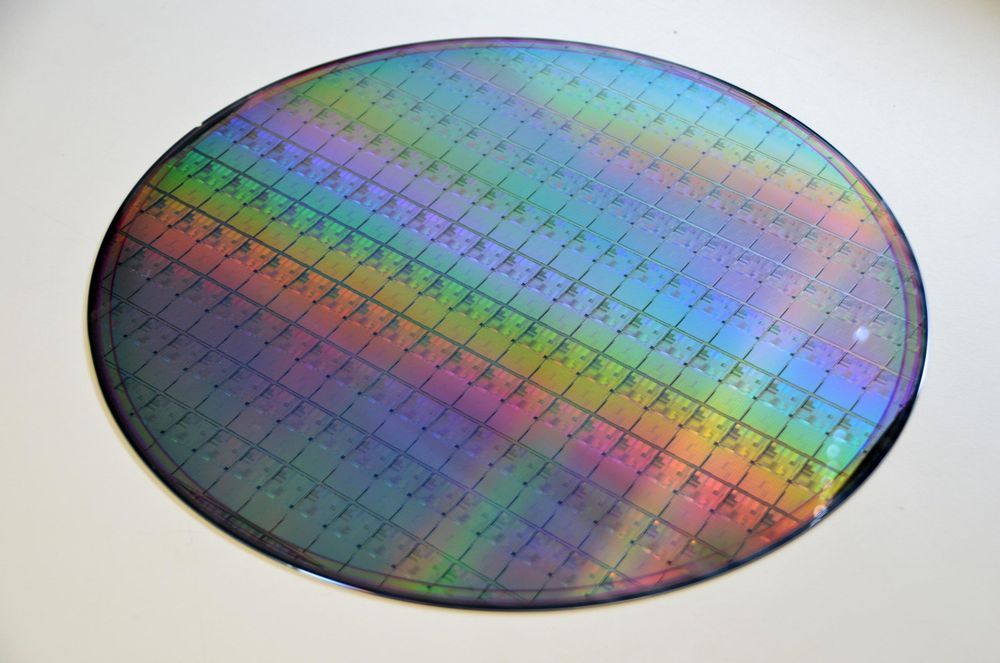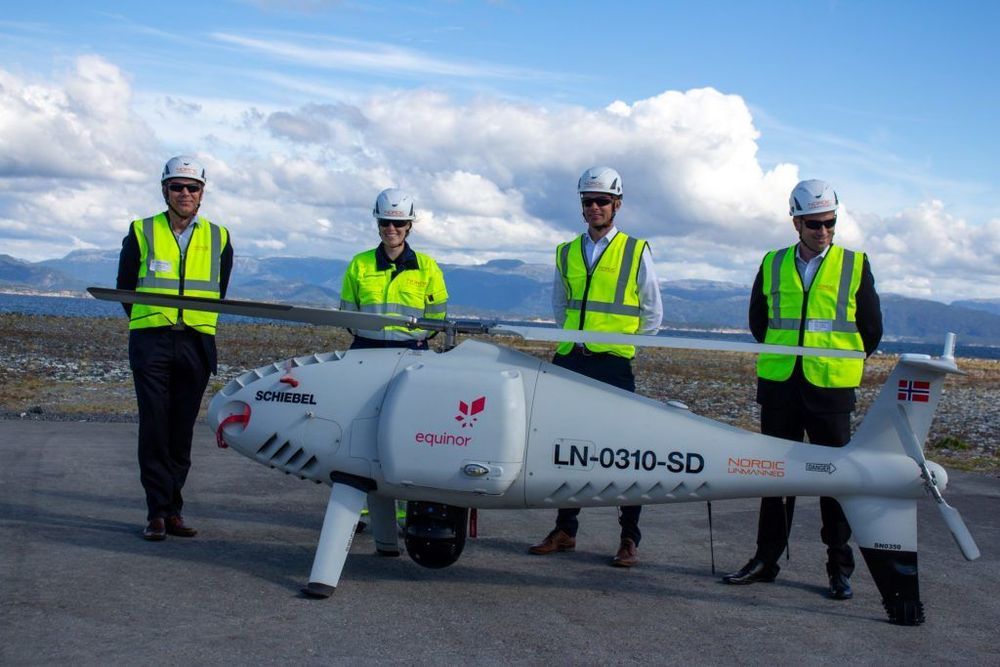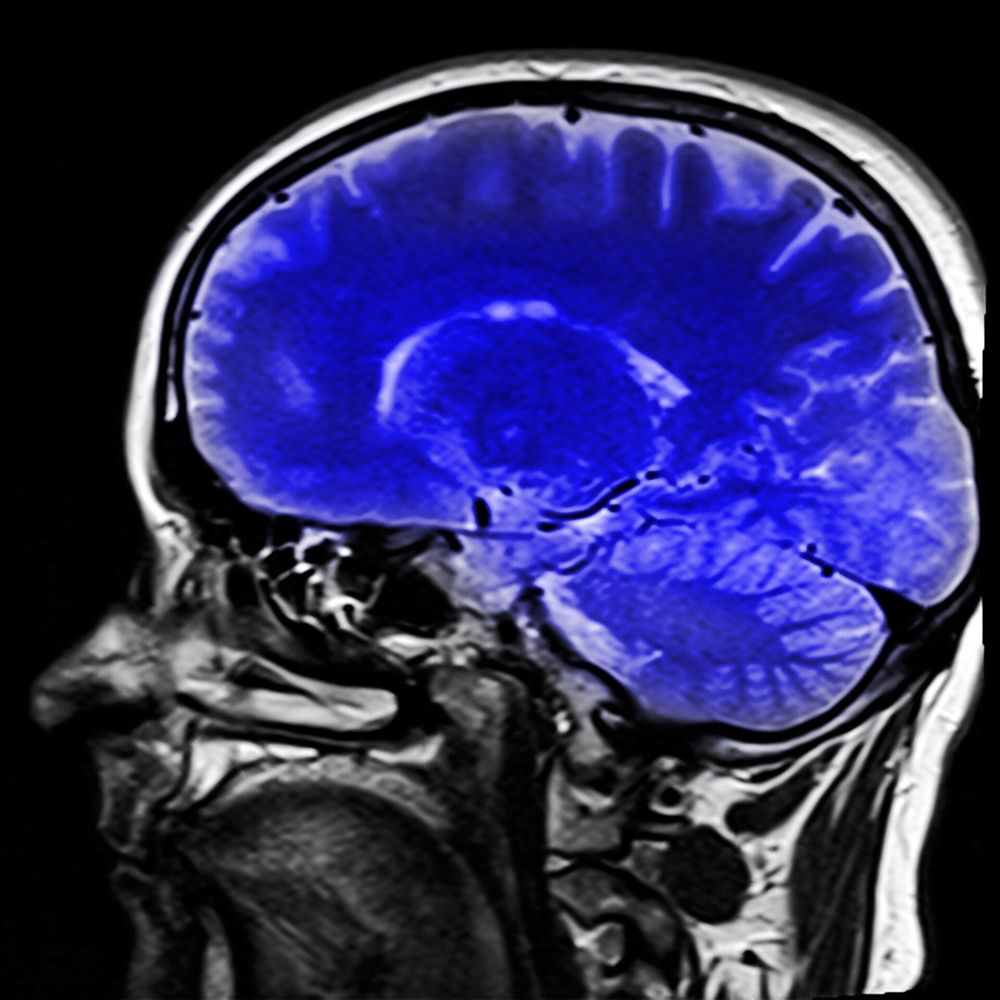Extremely energy-efficient artificial intelligence is now closer to reality after a study by UCL researchers found a way to improve the accuracy of a brain-inspired computing system.
The system, which uses memristors to create artificial neural networks, is at least 1,000 times more energy efficient than conventional transistor-based AI hardware, but has until now been more prone to error.
Existing AI is extremely energy-intensive — training one AI model can generate 284 tonnes of carbon dioxide, equivalent to the lifetime emissions of five cars. Replacing the transistors that make up all digital devices with memristors, a novel electronic device first built in 2008, could reduce this to a fraction of a tonne of carbon dioxide — equivalent to emissions generated in an afternoon’s drive.
Scientists on an experiment at the Large Hadron Collider see massive W particles emerging from collisions with electromagnetic fields. How can this happen?
The Large Hadron Collider plays with Albert Einstein’s famous equation, E = mc², to transform matter into energy and then back into different forms of matter. But on rare occasions, it can skip the first step and collide pure energy—in the form of electromagnetic waves.
Last year, the ATLAS experiment at the LHC observed two photons, particles of light, ricocheting off one another and producing two new photons. This year, they’ve taken that research a step further and discovered photons merging and transforming into something even more interesting: W bosons, particles that carry the weak force, which governs nuclear decay.
Virgin Galactic plans to conducts its next crewed spaceflight test on Oct. 22, according to documents the company filed with the Federal Communications Commission on Tuesday.
The flight will be the first of two that the space tourism company has planned to complete testing of its SpaceShipTwo spacecraft system and should have just two test pilots on board. Virgin Galactic said last month that the second test spaceflight will then have four “mission specialists” inside the cabin. If both test flights succeed, Virgin Galactic expects to fly founder Sir Richard Branson in the first quarter of 2021 – a milestone that will mark the beginning of the company’s commercial tourism service.
Shares of Virgin Galactic closed down 3.7% on Friday at $15.92 a share.
A Camcopter S-100 drone made the first commercial drone delivery to an offshore oil platform in late August and it might be the beginning of a major industry. The helicopter drone flew a 3D printed part from Norway to a rig located about 60 miles off the coast. The flight was conducted without any special airspace adjustments and the drone was just part of the traffic servicing the oil fields. The drone also did an exterior inspection of the drilling platform and performed a simulated search and rescue drill with the rig’s standby vessel.
Of course, the oil companies are keeping a close eye on the drone developments because hauling freight and supplies to the rigs by drone could not only be a lot cheaper, but also safer. There are also several major helicopter companies that have oilfield supply as their core business watching the new initiatives. Servicing oil platforms is a multibillion-dollar business and also one of the most dangerous forms of commercial flying. Nordic Unmanned, which flew the first drone flight, says drones are a viable alternative to many missions now flown by big, expensive helicopters. “This marks the beginning of a new chapter within unmanned logistics,” spokesman Pål Kristensen said.” The technology is proven and robust enough to implement in large scale and reduces the risk cost and environmental footprint drastically.”
Methods: In this review, due to their promise, we focus on inorganic nanomaterials [such as hollow mesoporous silica nanoparticles (HMSNs), tungsten sulfide quantum dots (WS2QDs), and gold nanorods (AuNRs)] combining PTT with CHT, RT or IT in one treatment, aiming to provide a comprehensive understanding of PTT-based combinational cancer therapy. Results: This review found much evidence for the use of inorganic nanoparticles for PTT-based combinational cancer therapy. Conclusion: Under synergistic effects, inorganic nanomaterial-based combinational treatments exhibit enhanced therapeutic effects compared to PTT, CHT, RT, IT or PDT alone and should be further investigated in the cancer field.
Applications of inorganic nanomaterials in photothermal therapy based on combinational cancer treatment — pubmed.
Public-private partnerships have been central to the development of cybersecurity over the past decade, through the sharing of threat information between commercial organizations and historically secretive government agencies. The opportunity now exists for a new era of public-private partnership, for a new realm of information sharing.
Cyberattacks continue to be reported as a key business risk. In the recent World Economic Forum’s Regional Risks for Doing Business 2019 report, survey respondents in six of the world’s 10-largest economies identified cyberattacks as their number one risk.
However, as distinct from other risks such as fiscal crises or energy price shocks, cyberattacks have a clear mitigation: cybersecurity. Yet despite a decade of rising spending, respondents do not have confidence in their ability to deliver sufficiently strong cybersecurity to mitigate the risk. Why is this?
With two successful 150-meter hops in the bag for SpaceX, Starship testing is preparing to enter the next phase. Starship SN6’s successful 150-meter hop followed just weeks after SN5’s achievement.
While SN5 is preparing to conduct another leap, Starship SN8 is closing in on its maiden flight, this time sporting three Raptor engines, a nosecone, and aero surfaces – likely to come after additional data is gathered via the upcoming SN7.1 Test Tank “Burst Test.”
Research carried out by a University academic has shed new light on the fundamentals of how, and why, we make the decisions we do.
In two separate studies, UKRI Future Leader Fellow and Lecturer in Psychology, Dr. Elsa Fouragnan has used her expertise in functional magnetic resonance imaging (fMRI) and computational analysis to discover exactly what happens in the brains of human and non-human primates when certain kinds of decisions are made in different contexts. Both pieces of work were carried out in collaboration with researchers at the University of Oxford’s Department of Experimental Psychology.
The first, published in Nature Communications, explores how and where the brain encodes a memory of the general reward rate in an environment, what the team describes as the ‘richness’ of the context in which decisions are made.
Since antiquity, cultures on nearly every continent have discovered that certain plant leaves, when chewed or brewed or rubbed on the body, could relieve diverse ailments, inspire hallucinations or, in higher dosages, even cause death. Today, pharmaceutical companies import these once-rare plants from specialized farms and extract their active chemical compounds to make drugs like scopolamine for relieving motion sickness and postoperative nausea, and atropine, to curb the drooling associated with Parkinson’s disease or help maintain cardiac function when intubating COVID-19 patients and placing them on ventilators.
Now, Stanford engineers are recreating these ancient remedies in a thoroughly modern way by genetically reprogramming the cellular machinery of a special strain of yeast, effectively transforming them into microscopic factories that convert sugars and amino acids into these folkloric drugs, in much the same way that brewers’ yeast can naturally convert sugars into alcohol.









